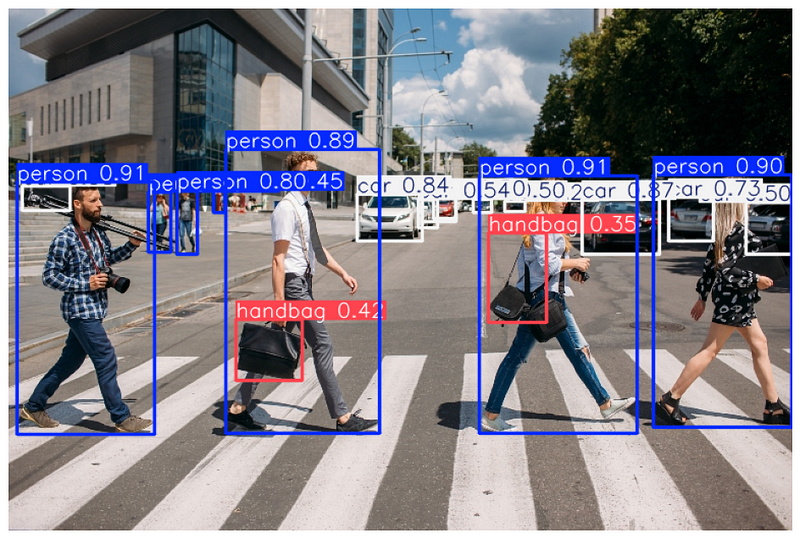Deep Learning Approaches
Voice-over: ../assets/audio/deeplearning.mp3
Deep learning improved crosswalk detection by learning features directly from data instead of hand-crafted rules. Two common strategies are: object detection (e.g., Faster R-CNN, YOLO) to localize crosswalk regions and semantic segmentation (e.g., U-Net, DeepLab) to label pixels that belong to the crosswalk pattern. These models generally handle wear, mild occlusion, and viewpoint changes better than classical methods [2] [7].
Performance still depends on training diversity. Night scenes, heavy shadows, or new cities can cause drops due to domain shift. For deployment, papers report practical metrics such as FPS/latency and power, and explore compression/distillation for real-time use on devices like Jetson [7].

Typical Training Notes
- Datasets: mix urban driving sets with task-specific crosswalk crops/masks.
- Labels: boxes for detection; pixel masks for segmentation.
- Metrics: mAP (detection), mIoU/pixel accuracy (segmentation).
- Robustness: augment for lighting, weather, perspective; report day/night and occlusion breakdowns.